 Words by Tess Weaver
Words by Tess Weaver
The Subaru rattled down the gravel road, headed east in the pale pink Sierra twilight. We turned left after the second cattle crossing, parked in the sagebrush and walked from pallet to pallet across the marsh, dodging cowpies and puddles. The empty hot springs steamed. Token naked dude had taken the night off. Submerged in mineral-rich water, I watched the sun dip behind Mammoth Mountain, enjoying a moment of absolute bliss. It was almost as good as the ski day. Especially with a beer.
I’ve returned to those hot springs again and again over the years, seeking rejuvenation and tranquility. Post soak, I always feel renewed. My body loosens and my mind calms, but above all, my mood is elevated. At some point, I learned my favorite hot springs are rich in lithium, which is used in drugs to treat manic depressive illness.
The ancient Greeks and Romans knew soaking in warm mineral springs soothed the body and mind and even alleviated the symptoms of many diseases. Sulfur, which scents many hot springs, has been used medicinally for thousands of years to help protect the body against environmental toxins. Modern research shows that soaking in hot tubs, spas and warm baths can lead to increased cardiovascular health, pain relief, lower blood pressure and better mental and emotional health.
Hot springs heal and relax populations from Russia to Turkey to Japan. Taoists recommend soaking in hot springs as a way to balance and harmonize your body and mind. In the United States, archaeological evidence dating back thousands of years shows that Native Americans revered hot springs as sacred, healing places. Even during tribal battles over territory, hot springs were considered a neutral sacred zone where all could freely be healed.
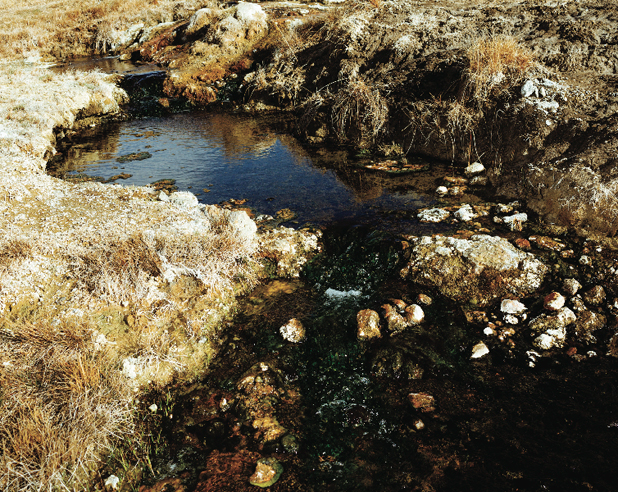
Mammoth Lakes, CA. Photo by Nate Abbott.
But really, who enjoys the benefits of hot water more than skiers? We are the people making turns, sunup to sundown, in subfreezing temperatures, gale force winds and sideways sleet. We are the ones whose feet spend eight hours a day crammed into cold, plastic boots. We are the ones with overused quads and shoulders tense from cold lift rides.
We are so passionate about hot water immersion that we invented the hot tub poach. Of course the practice began in ski towns, where the hot tubs of hotels and vacant second homes beckoned young people from Whistler to Vail. We got good. We learned which corner was out of view of the security camera. We discovered leaving clothes in the sauna was stealth and practical. We even acquired the robes of luxury chain hotels for the high-end poach. We passed along codes, found malfunctioning gate locks and always came up with a name and a room number when put on the spot. But for lifers, it’s not a matter of “if” they’ll get caught, it’s “when.” And anyone who calls him/herself a skier should have a scar from a night of hot tub trespassing gone awry.
Skiers turned “hot tub” into a verb and a sport and a legitimate date. It makes sense. Hot-tubbing is free, it’s the cheapest way to get inebriated at an accelerated rate and it’s the most acceptable way to see your new date in as little clothing as possible.
And within the ski-town caste system, the hot tub is a great equalizer—tourists mingle with locals, the young gawk at the old and everyone shares beers. It’s a common area, hopefully free of phones, and filled with stories of powder turns and cliff hucks that defy reality.
Absurd film plot aside, the hot tub is a metaphorical time machine. Somehow, a 30-minute soak in hot water transports you to a different mind space. It’s a gentle transition from the special place we inhabit as skiers back to the real world of an evening job, a significant other or a child who wants dinner. Hot water, whether bubbling from the earth or a well-chlorinated tub, doesn’t only expand our blood vessels and relax our muscles, it brings us to a happy place. In a sport steeped in ritual, the après-soak is one of skiing’s great rewards.

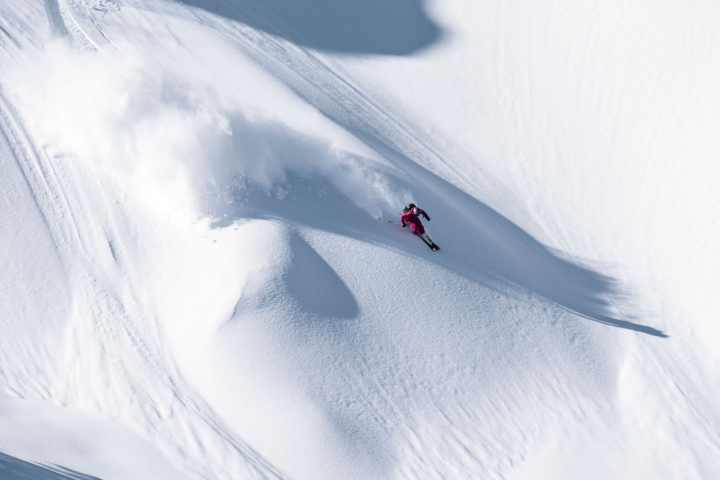
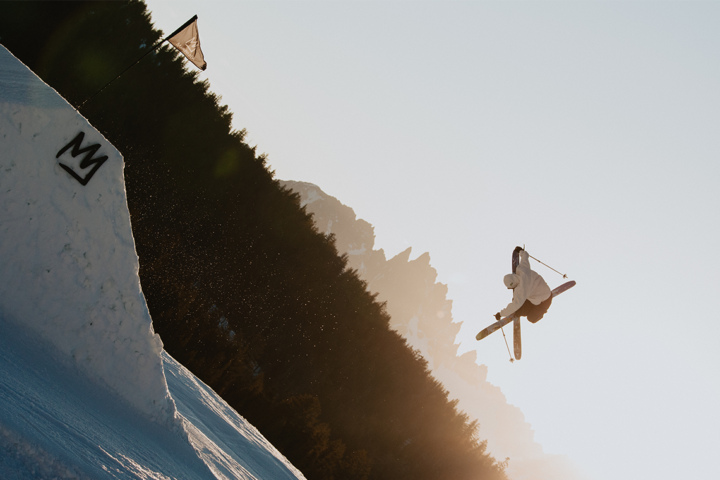
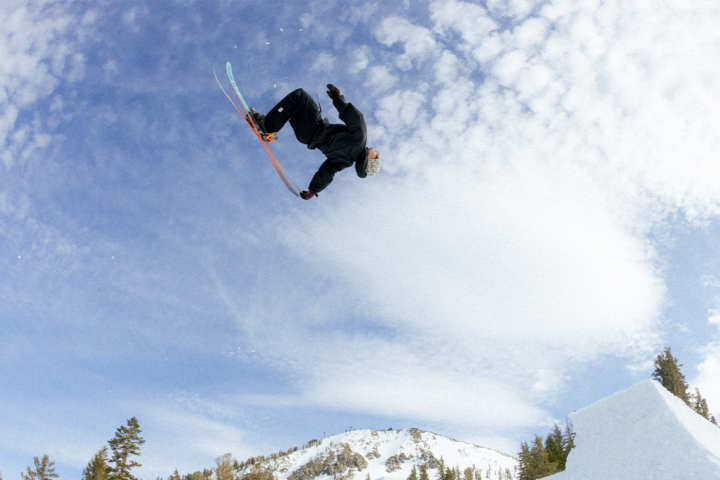
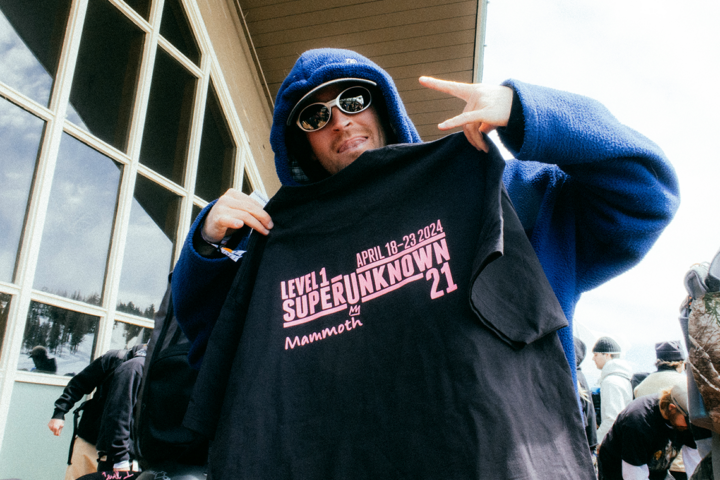
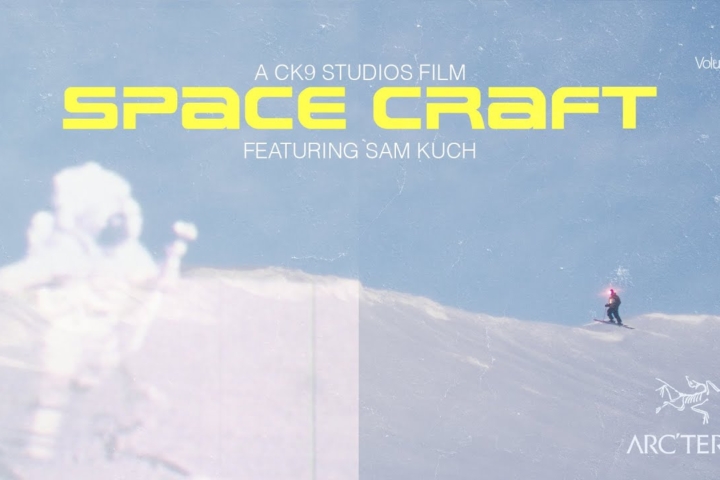

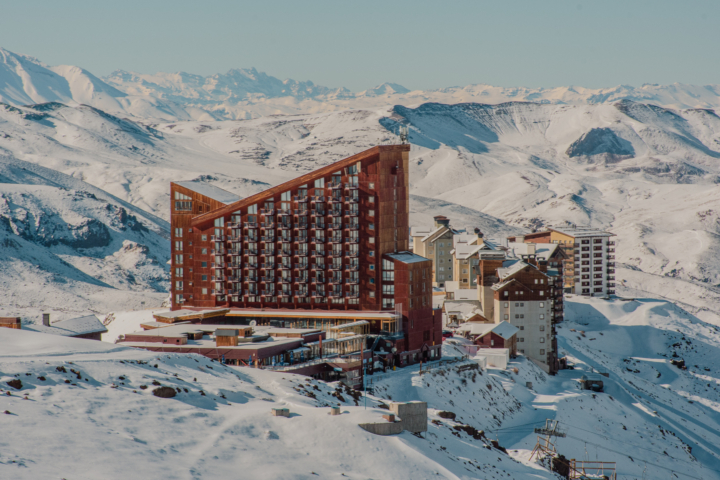


6 thoughts on “Talk: How skiers turned “hot tub” into a verb, a sport and a legitimate date”
Comments are closed.